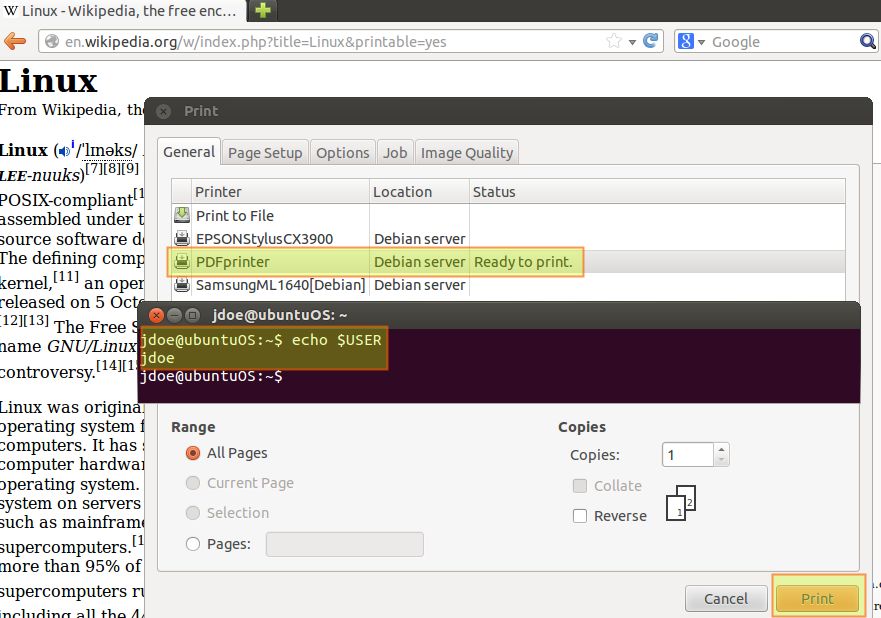

Read: This permission give you the authority to open and read a file.Linux File PermissionsĮvery file and directory in your UNIX/Linux system has following 3 permissions defined for all the 3 owners discussed above. Let us understand the Permission system on Linux. This is where Permissions set in, and they define user behavior.

It is like you do not want your colleague, who works on your Linux computer, to view your images. Now, the big question arises how does Linux distinguish between these three user types so that a user ‘A’ cannot affect a file which contains some other user ‘B’s’ vital information/data. Hence, when you set the permission for others, it is also referred as set permissions for the world. This person has neither created the file, nor he belongs to a usergroup who could own the file. OtherĪny other user who has access to a file. Instead of manually assigning permissions to each user, you could add all users to a group, and assign group permission to file such that only this group members and no one else can read or modify the files. Suppose you have a project where a number of people require access to a file. All users belonging to a group will have the same Linux group permissions access to the file. Hence, a user is also sometimes called an owner.Ī user- group can contain multiple users. By default, the person who created a file becomes its owner. Let us start with the Ownership.Ĭlick here if the video is not accessibleĮvery file and directory on your Unix/Linux system is assigned 3 types of owner, given below. Here, we will explain Linux permissions and ownership and will discuss both of them. The concept of Linux File permission and ownership is crucial in Linux. Changing file/directory permissions in Linux Using ‘chmod’ command.In this Linux file commands tutorial, you will learn. For effective security, Linux divides authorization into 2 levels. But this raises security concerns as an unsolicited or malign user can corrupt, change or remove crucial data. Linux can also be used in mainframes and servers without any modifications. Linux is a clone of UNIX, the multi-user operating system which can be accessed by many users simultaneously.


 0 kommentar(er)
0 kommentar(er)
